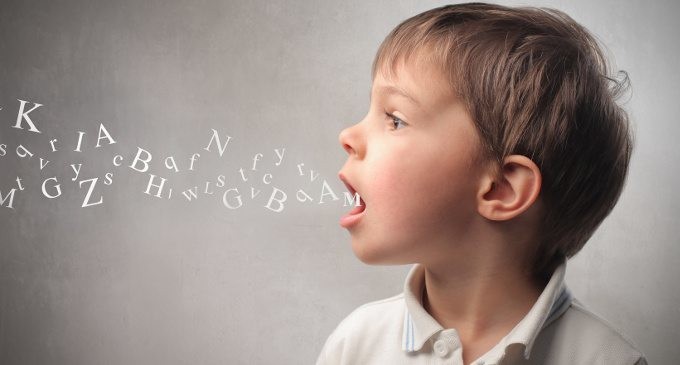Features Of Language is very important information for every language student.Each language has its own vocabulary which consists of a system of symbols, or entities that represent other entities. On our planet there are about 5000 spoken languages.All languages have some characteristics that are common among them.The human language has a largely specific structure and very different from the animal languages. That is its scientific study of language.
Let’s look in more detail in my other article functions of language
The language is human
Man uses language and language uses man. This unique communication system makes him different from other beings. Some animals, such as monkey can express feelings and emotions with the help of some symbols or gestures.
But only man, who is able to communicate with each other, and express his feelings by sounds, gestures, and signs. So Language is pure humanistic.
The language is speech
All languages were oral. Do not forget that even today there are some ancient peoples who do not know the script. Children begin to talk first before starting to write.They pronounce spoken words. Also, we all use more spoken word in our daily life than the written. All this does not mean that the written language has no importance, but we say, speech has priority than writing.
The language sounds as good as spoken
When someone speaks, there are two roles: the speaker and the listener. The speaker utter information (sender) and the listener receive information (receiver). Both listener and speaker have a responsibility to run this communication system.
The language changes
The languages are not closed systems which cannot be changed. Indeed it is the living phenomena. It changes by the time. Each language has continuous and constant change process.
Let us first look at the Time level changes.
The language can be changed which is spoken in different regions of a country in a different way. These variants of the same language are called dialects. The dialect is non standard variety of language, but simply a different version of the same language.
But changes are made and by time. The English language has passed through several stages of speech: old, medium, classic, etc. Why its change? People must be adapted to the requirements and developments of society and the changes of each era. Languages have the ability to adopt new structures, new words or expressions in order to continue the living of human life.
Finally, the language is changed, as regards the conversion of words. Many languages may convert e.g. adjectives into adverbs or nouns into verbs and vice versa, for example. I teach => teacher.
The language is systematic
When we say that a language is regular, we mean that it is both arbitrary and conventional.
Language is arbitrary, because the meaning of words is not a reasonable interpretation; we can find that because the dog call him a dog and not something else. Just the word dog, we arbitrarily do think that with its tail, which feature dog is barking. There is no right or wrong in a language: Every word that means what it means, without any particular explanation.
Features Of Language Are Basically Universal Truth About Language
The language is vertical and horizontal
Each linguistic element of language operates in a particular system. The language, therefore, we use has two dimensions, horizontal and vertical.
When say horizontal or constitutional, we mean the editorial space in the speech, which is a placement of words in a row, in order to create a comprehensible sentence. Example: We have the wording “the stars shine”..
Vertical or exemplary dimension of language is in our minds and we have a kind of “storehouse”. From there we get all the information to shape our speech. The combinations can be thousands.
Each language is unique
It is interesting fact, that on the one aspect we support all languages have in common with each other, while on the other hand we believe that every language is unique. However it is not unique, as unique is the culture, which developed it. We cannot understand a language if we don’t understand its rules about grammar and syntax. So, all languages have some common characteristics, and each presents with its own unique and specific feature.
To illustrate the features of language in humans, I’ll create a table highlighting several key aspects. This table will cover various dimensions such as the uniqueness of human language, its components, and its functions.
| Feature | Description |
|---|---|
| Symbolism | Language uses symbols (words or signs) to represent ideas, objects, and feelings. |
| Structure | It has a complex structure with grammar, syntax, and semantics governing how words are combined. |
| Arbitrariness | The relationship between words and their meanings is often arbitrary; there is no inherent connection between the word and what it represents. |
| Displacement | Humans can talk about things that are not present or even real, such as past events or imaginary concepts. |
| Productivity | Language enables humans to produce and understand an infinite number of sentences, including new ones. |
| Cultural Transmission | Language is learned through social interaction within a cultural context. |
| Duality | It operates on two levels simultaneously: individual sounds and distinct meanings. |
| Modality and Multimedia | Language can be expressed in multiple forms – spoken, written, or signed – and can be combined with other forms of communication like gestures. |
This table covers some of the fundamental features that distinguish human language from other forms of communication.
